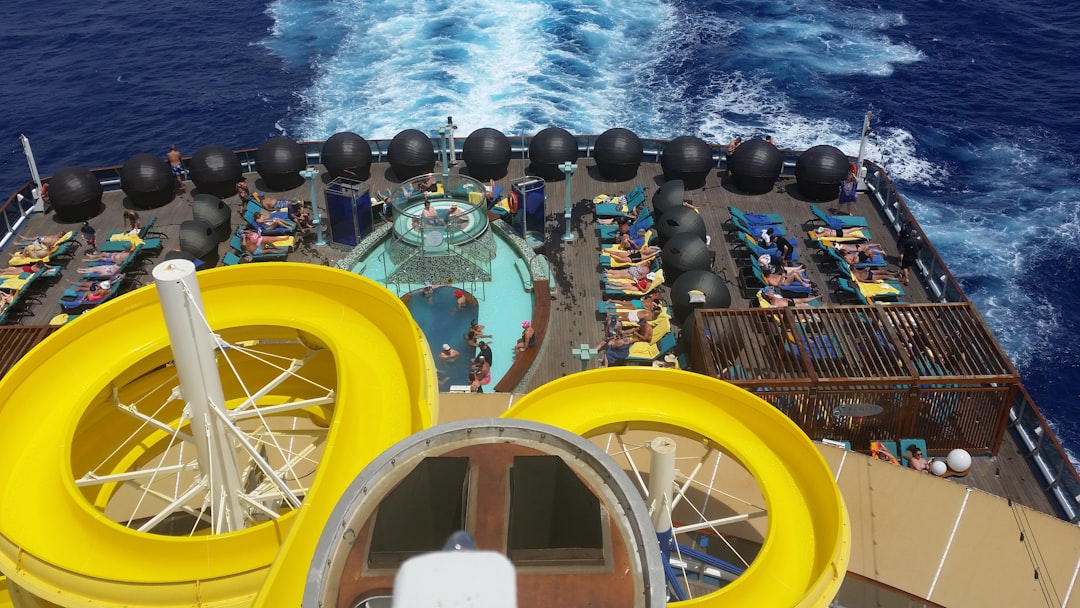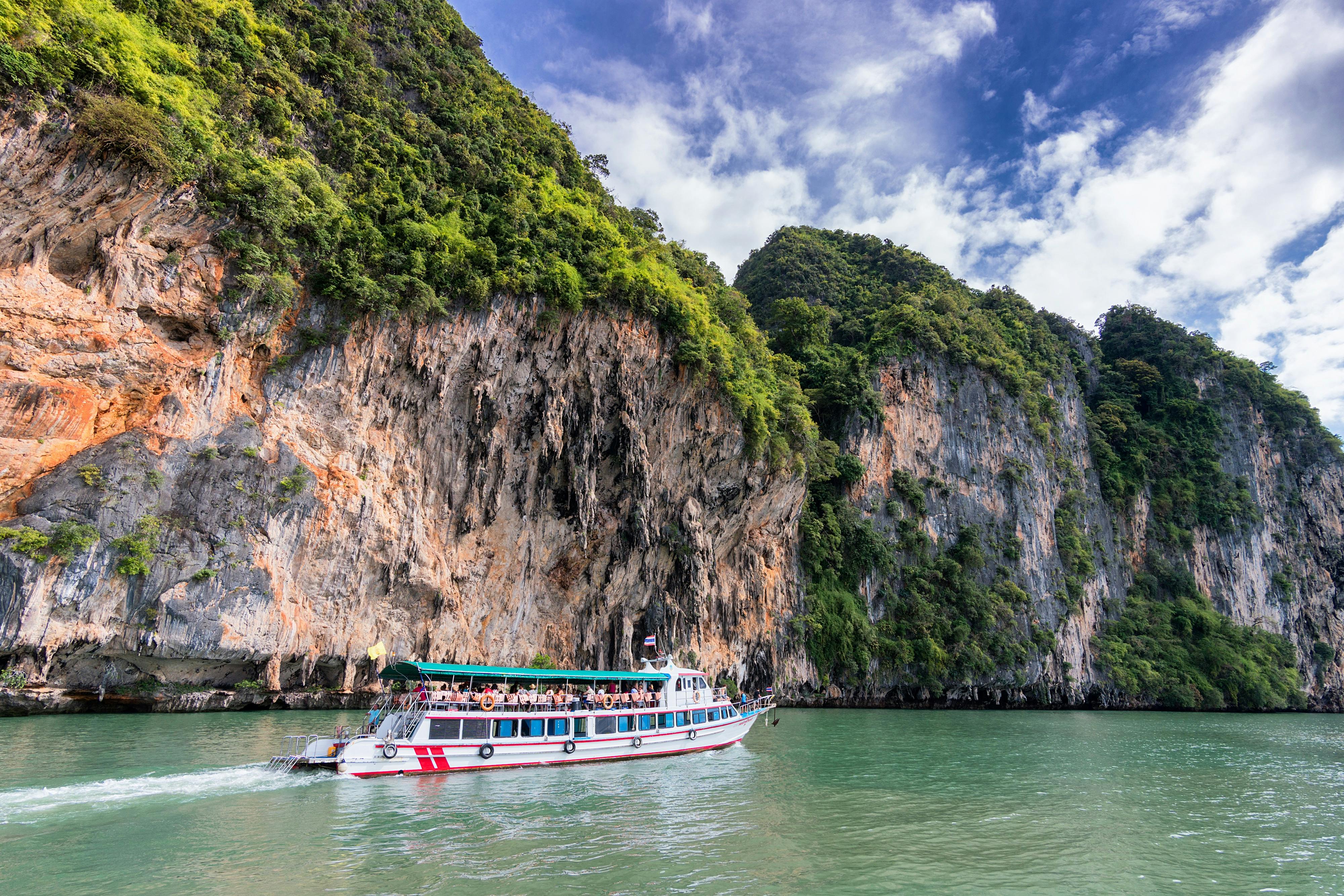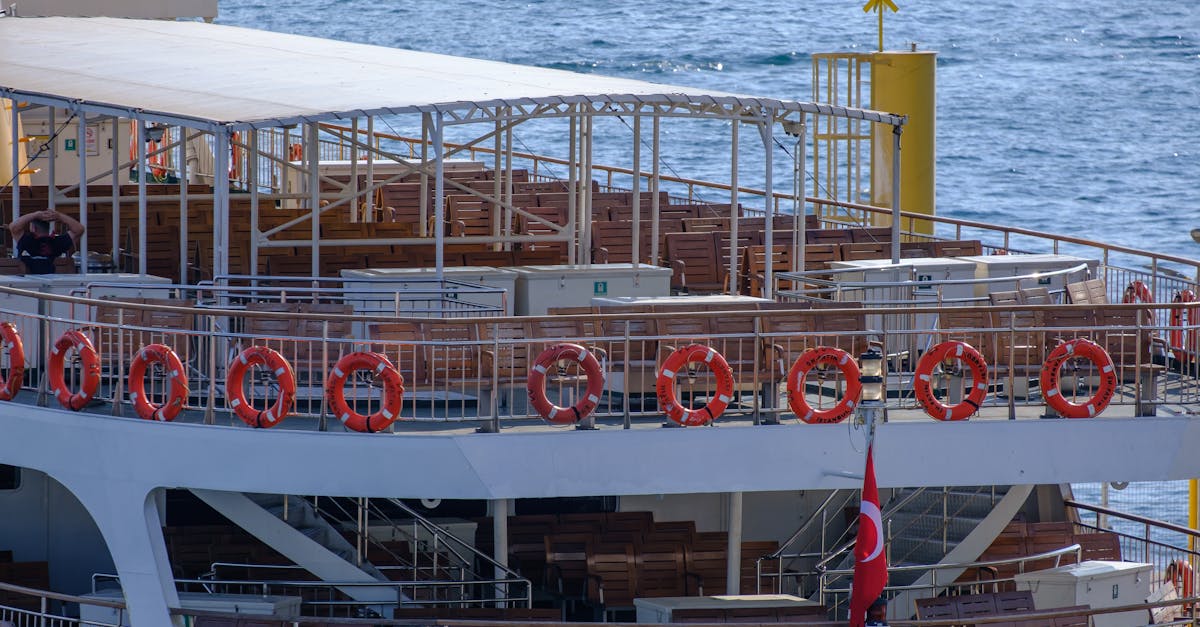How to Choose the Right Cruise Cabin (Without Blowing Your Budget)
Booking a cruise is thrilling—the promise of open seas, exotic ports, and luxury on tap. But before the adventure begins, there’s one decision that can make or break your experience: choosing the right cabin. With options ranging from no-window interiors to sprawling balcony suites, picking the perfect space isn’t just about price—it’s about knowing what matters most to you. Do you value quiet? A view? Easy access to amenities? This guide breaks down everything you need to know to find the ideal cruise cabin without overspending. Whether you’re a first-time cruiser or a frequent sailor looking to upgrade wisely, we’ll help you balance comfort, convenience, and cost. Because when your cabin feels just right, the whole journey gets better.
1. Understanding Cabin Types: Interior, Oceanview, Balcony, and Suites
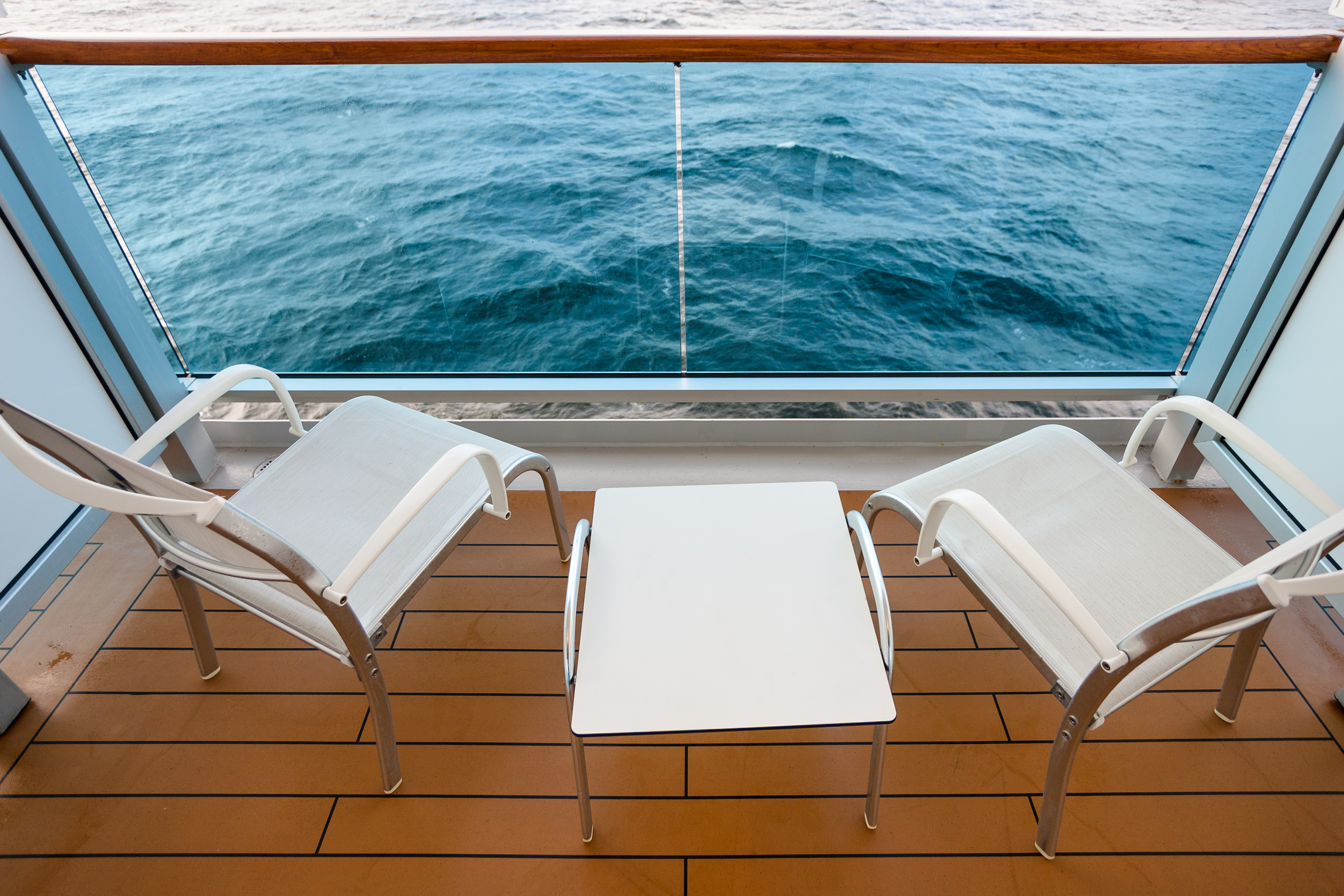
Cruise ships offer a range of cabin types, each with distinct features and price points. Interior cabins, typically the most budget-friendly, lack windows but offer a cozy and private space. Oceanview cabins provide a glimpse of the sea through a porthole or window, adding a touch of natural light. Balcony cabins, often a favorite among travelers, offer a private outdoor space to enjoy the ocean breeze and views. Suites provide the ultimate luxury, with additional space, premium amenities, and often exclusive services. Understanding these options helps you weigh the pros and cons of each, ensuring you choose a cabin that aligns with your travel style and budget.
2. Location, Location, Location: The Importance of Cabin Placement
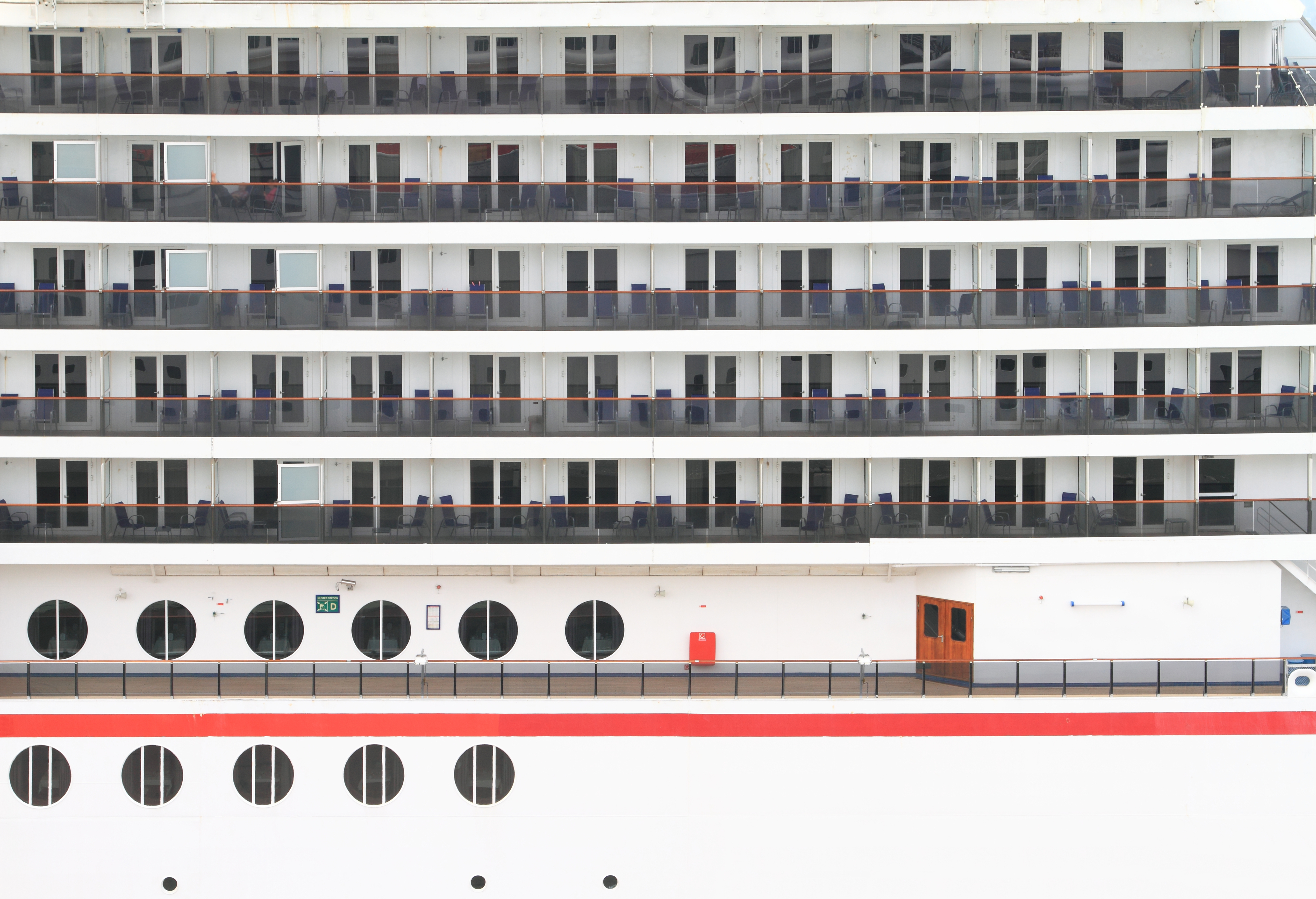
The location of your cabin on the ship can significantly impact your cruise experience. Cabins located midship are generally more stable, reducing the sensation of motion for those prone to seasickness. Lower decks can offer a smoother ride but may be noisier due to proximity to engines or public areas. High-deck cabins provide stunning views but may experience more motion. Proximity to elevators, dining areas, and entertainment venues can also influence convenience and noise levels. Carefully considering the ship's layout and your personal preferences can help you choose a cabin that enhances your comfort and enjoyment throughout the voyage.
3. Timing is Everything: Booking Strategies for the Best Deals

Timing your booking can make a significant difference in cabin availability and pricing. Early booking often provides the best selection, allowing you to secure your preferred cabin type and location. Cruise lines frequently offer promotions and discounts for early birds, making it an attractive option for budget-conscious travelers. Alternatively, last-minute bookings can yield substantial savings, although choices may be limited. Monitoring price drops and being flexible with travel dates can also help you find the best deals. Understanding these booking strategies ensures you maximize value while securing the perfect cabin for your cruise adventure.
4. Amenities and Extras: What to Look for in a Cabin
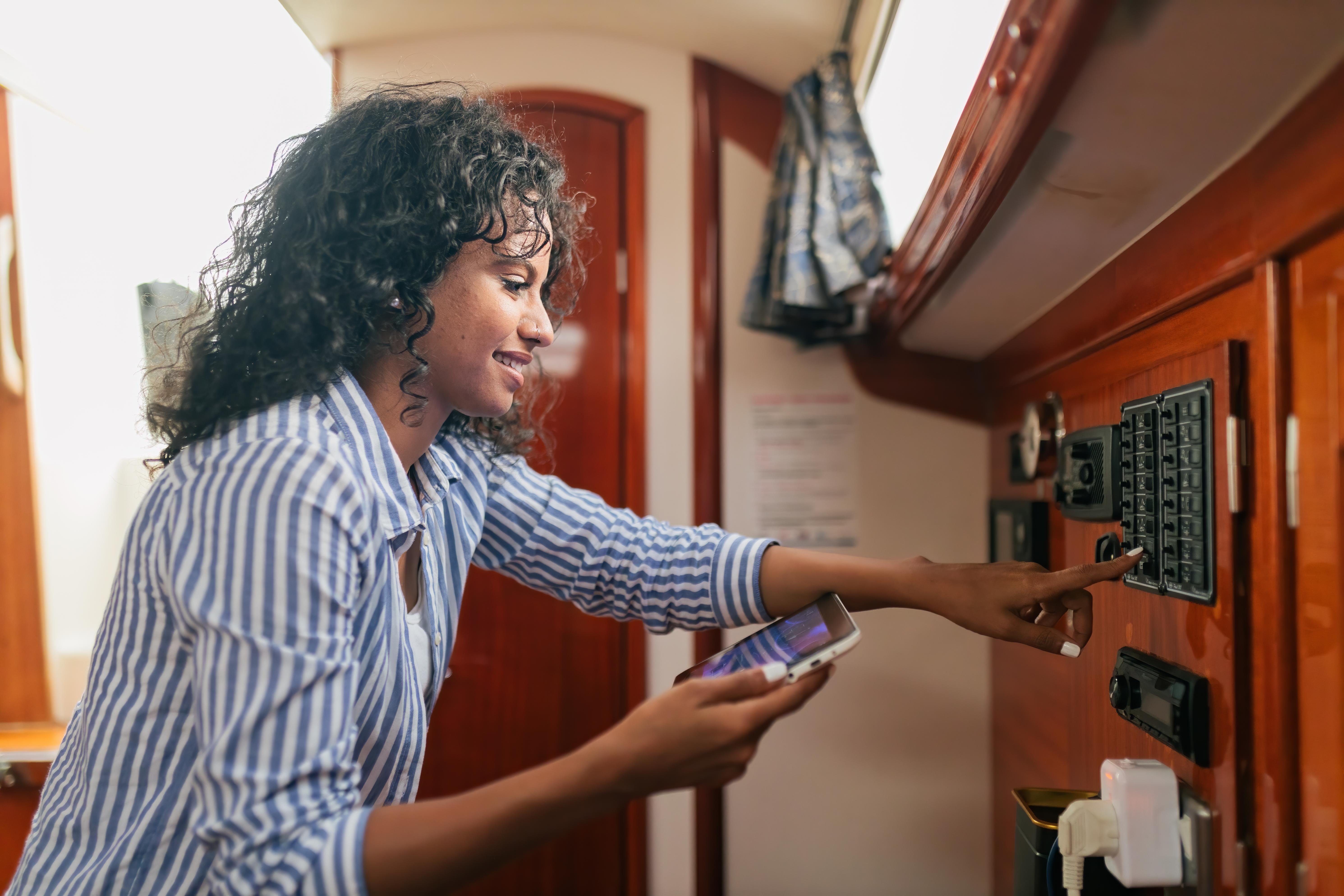
While the cabin itself is important, the amenities and extras it offers can greatly enhance your cruise experience. Consider features such as bed configuration, storage space, and bathroom size, which can vary significantly between cabin types. Some cabins include perks like complimentary room service, priority boarding, or access to exclusive areas of the ship. Balconies and larger windows can provide a more open feel, while suites may offer additional luxuries such as butler service or private dining. Evaluating these amenities against your priorities and budget will help you select a cabin that meets your needs and elevates your cruise experience.
5. Family-Friendly Options: Choosing the Right Cabin for Your Crew
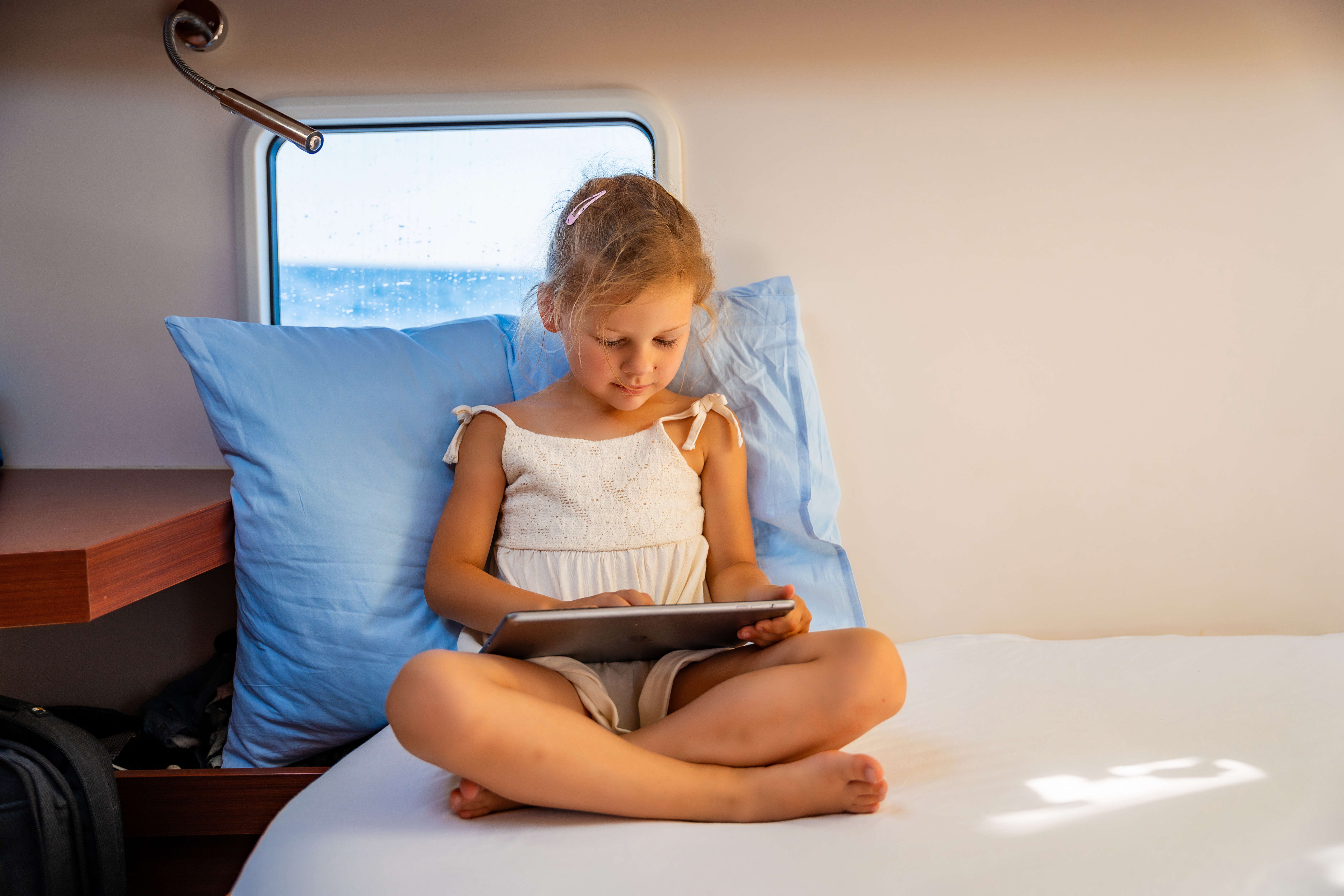
Traveling with family requires special consideration when selecting a cabin. Many cruise lines offer family-friendly cabins with additional sleeping arrangements, such as pull-out sofas or bunk beds, to accommodate multiple guests. Adjoining cabins can provide privacy for parents while keeping children nearby. Some ships feature family suites or themed cabins with kid-friendly décor and amenities. Consider the needs and preferences of all family members, including proximity to children's activities and dining options. By choosing a cabin that caters to your family's needs, you ensure a comfortable and enjoyable cruise experience for everyone on board.
6. Accessibility and Special Needs: Ensuring Comfort for All Travelers
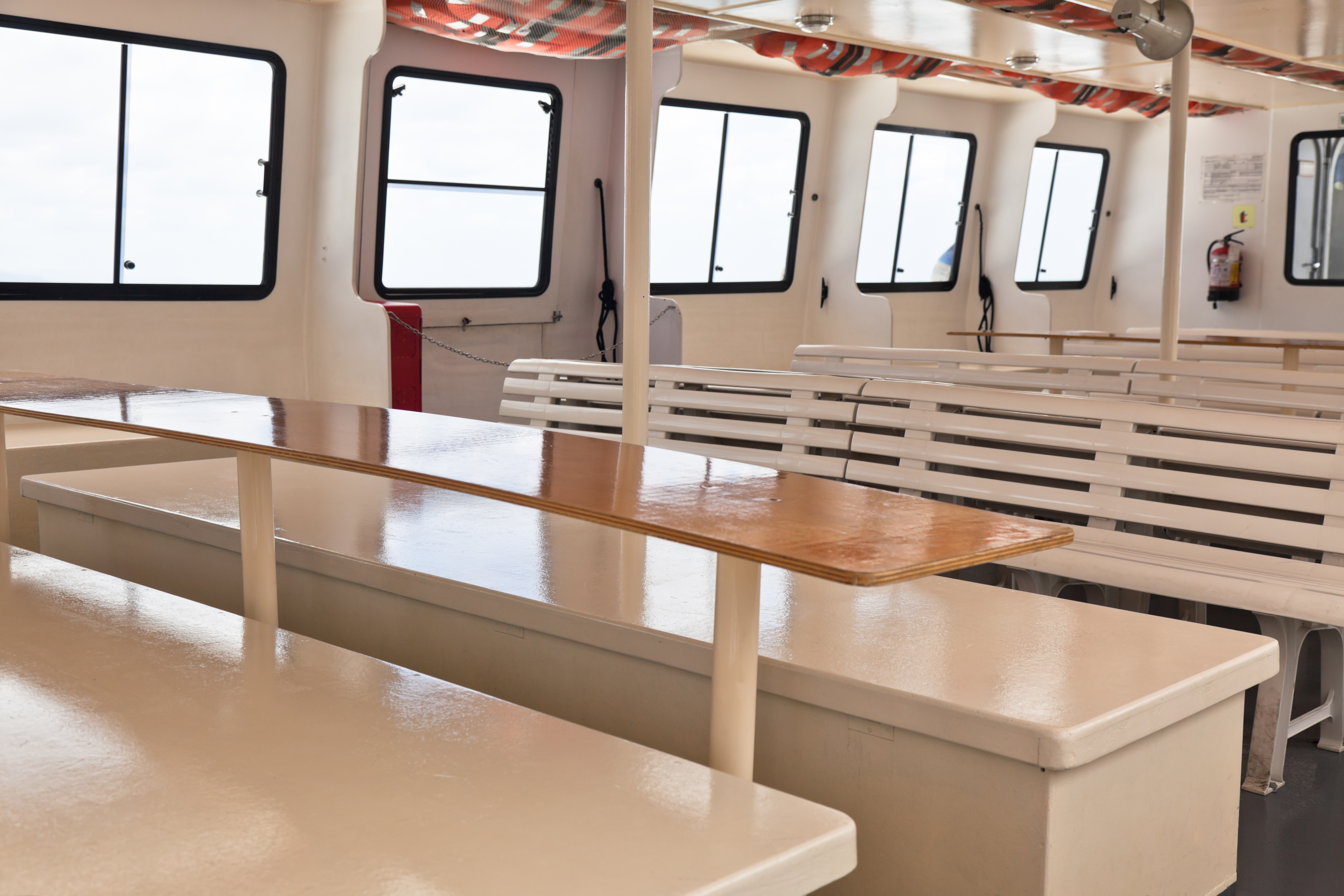
Cruise lines strive to accommodate travelers with accessibility needs, offering specially designed cabins to ensure comfort and convenience. These cabins typically feature wider doorways, roll-in showers, grab bars, and other modifications to assist those with mobility challenges. It's essential to communicate any specific requirements when booking to ensure availability and proper accommodation. Additionally, consider the ship's overall accessibility, including elevator access, ramps, and accessible dining and entertainment venues. By selecting an appropriate cabin and ship, travelers with special needs can enjoy a worry-free cruise experience, tailored to their individual requirements.
7. The Role of Travel Agents: Expert Guidance and Hidden Savings
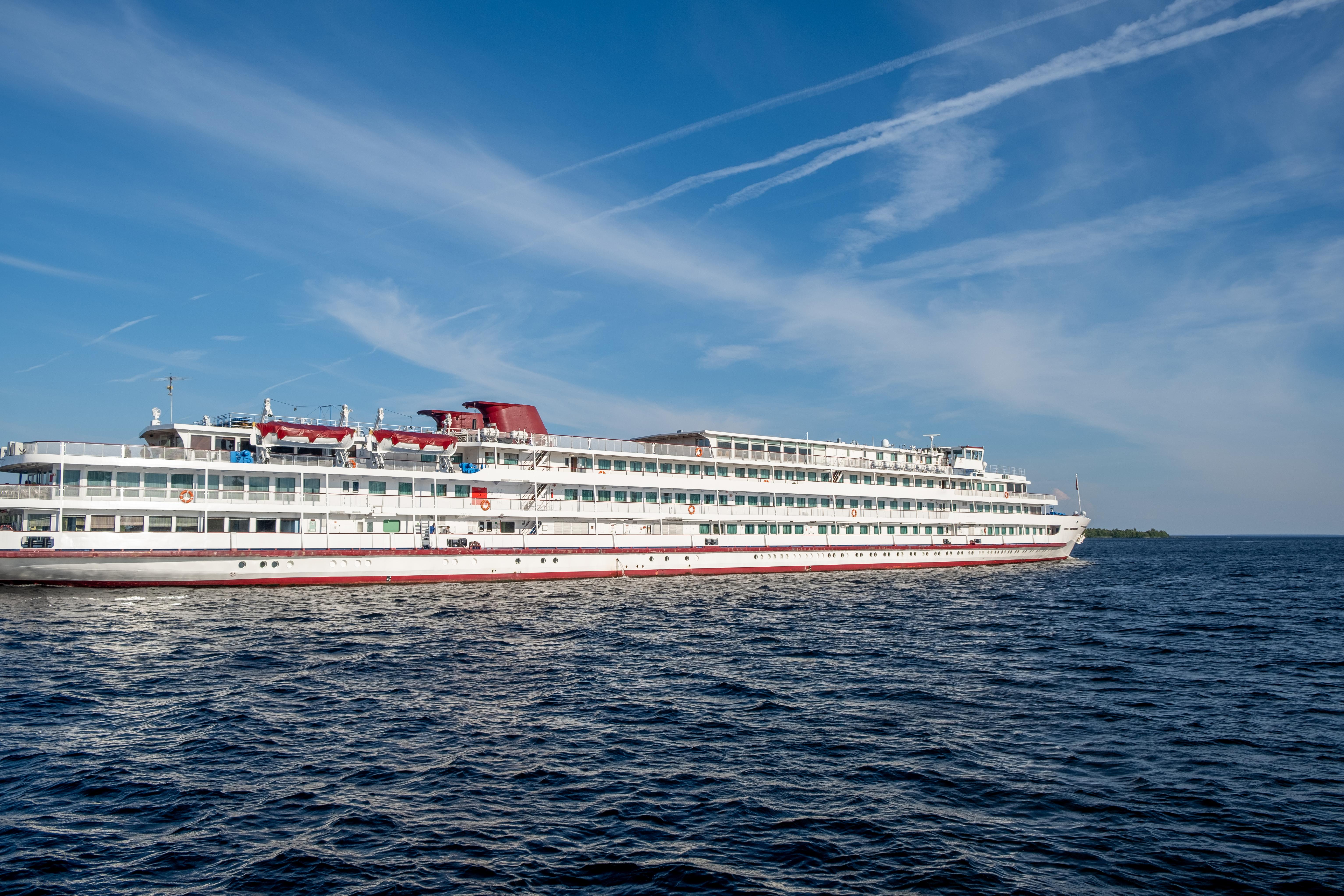
Enlisting the help of a travel agent can be invaluable in navigating the complexities of cruise cabin selection. Travel agents possess expert knowledge of different cruise lines, ships, and cabin categories, allowing them to provide personalized recommendations based on your preferences and budget. They often have access to exclusive deals, upgrades, and onboard credits that may not be available to the general public. Additionally, agents can assist with booking excursions, dining reservations, and other cruise-related arrangements. Leveraging the expertise of a travel agent can simplify the decision-making process and uncover hidden savings, ensuring a seamless and cost-effective cruise experience.
8. Balancing Privacy and Socializing: The Cabin's Role in Your Cruise

Your cabin serves as both a private retreat and a base for socializing and exploring the ship. Balancing these aspects is crucial to a fulfilling cruise experience. Some travelers prefer the solitude of an interior cabin for restful sleep, while others relish the opportunity to mingle on a balcony or in common areas. Consider your social preferences and how much time you plan to spend in your cabin versus participating in onboard activities. Choosing a cabin that aligns with your desired level of privacy and social interaction ensures a cruise experience tailored to your personal tastes and lifestyle.
9. Preparing for the Unexpected: Flexibility and Contingency Planning

While careful planning can enhance your cruise experience, unexpected events may still arise, such as itinerary changes or cabin reassignments. Maintaining flexibility and having contingency plans can alleviate stress and ensure a smooth journey. Consider travel insurance to protect against unforeseen circumstances, such as cancellations or medical emergencies. Familiarize yourself with the cruise line's policies on cabin changes and upgrades. Packing essentials for a comfortable stay, regardless of cabin type, can also be beneficial. By preparing for the unexpected, you can navigate any challenges with ease and focus on enjoying your cruise adventure.
Charting a Course for the Perfect Cruise
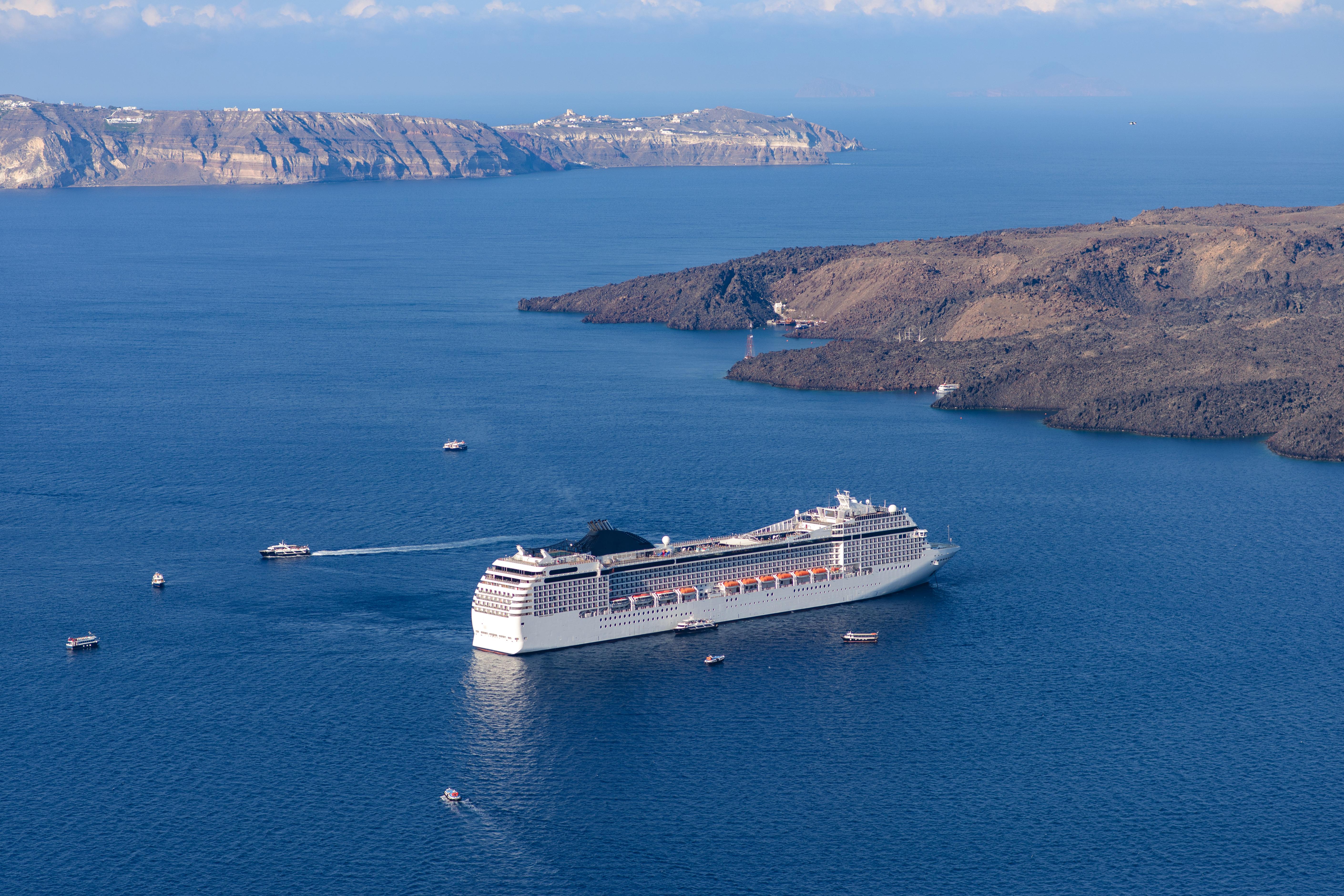
Finding the right cruise cabin isn’t just about picking a room—it’s about setting the stage for your entire voyage. By weighing your budget against your priorities, understanding the different cabin categories, and factoring in location, timing, and amenities, you can make a choice that feels both smart and satisfying. Whether you’re a solo traveler chasing quiet, a family seeking space, or someone with accessibility needs, there’s a cabin that fits. Stay flexible, tap into expert advice, and trust your instincts—because the right room turns a good cruise into a great one. With the groundwork laid, you’re ready to sail with confidence, comfort, and peace of mind.


